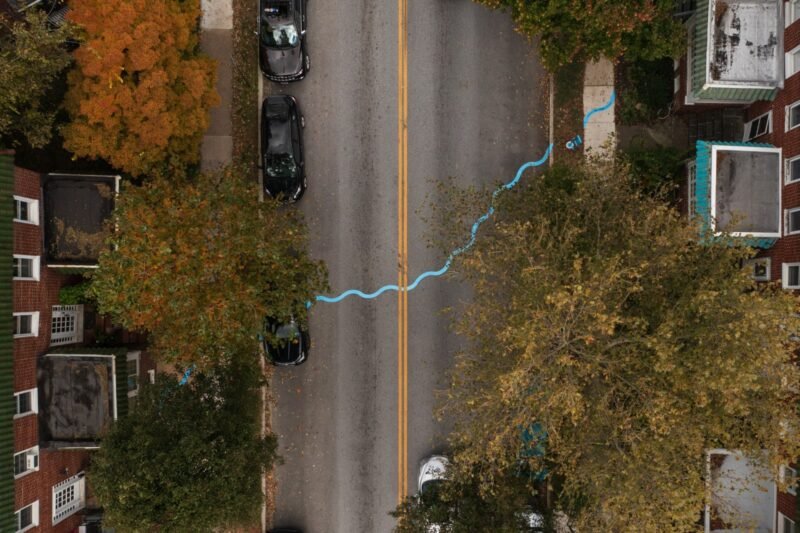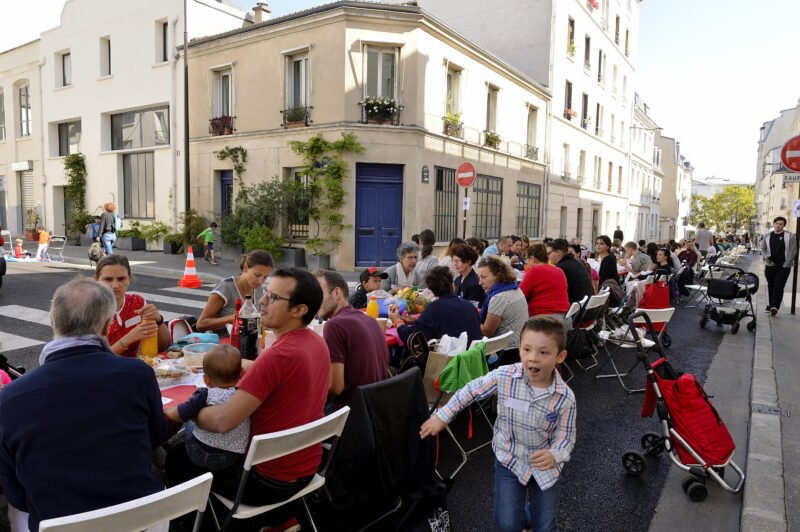The Everyday Face Of Urban Art: An Interview With Jorge Rodriguez-Gerada
A few weeks ago, I had the chance to visit a conference of Jorge Rodriguez-Gerada, a Cuban artist who lives in New York City and Barcelona. He started his career in the early nineties creating art on the streets, and starting the New York City Culture Jamming Movement along with the artist group Artfux. While in the beginning he acted modifying and parodying advertisements and billboards, now his compositions consist of big portraits of common people, mostly drawn on facades of buildings. I love his work, so I took the chance to ask him some questions.

In my eyes, your work looks like a precursor to street artists such as JR and Alexandre Farto (Vhils). Do you see a connection between their works and yours?
“I really appreciate that you give me credits by calling me a precursor to a good amount of today’s hypes. I started putting faces on billboards in New York City in the mid-nineties and this work was published in the New York Times and the Village Voice, and later it was mentioned in Naomi Klein’s book No Logo. At this time JR and Vhils were between twelve and seventeen years old. So I have fifteen years more of working on the streets and specifically working with anonymous faces in the public space than both of them. When I started doing this, there were no social media to give immediate international attention to what I was doing. There was also very little interest from the audience, because urban art was not a popular movement yet. Involving anonymous people who live in the area where the art is created, is part of the zeitgeist of the Urban Art movement. The work of Vhils, JR and myself are connected in that sense.”
By 2002 I started the Identity Series. I chose to create ephemeral portraits in charcoal because I didn’t want to impose my images forever, and at the same time I wanted to make sure that the images will fade away elegantly, without generating garbage and without having a negative impact on the environment. Another conceptual aspect of this series is that the amount of work that I make impresses people, because they suddenly have an icon that is confirming the importance of their existence. Nevertheless, it is also jarring because society has become unaccustomed to think that it is worth doing a lot of work if it will vanish and that we don’t get a direct compensation for our efforts.”

The walls of our cities are your canvas. Could you tell us why you choose public space as the setting for your pieces and it means to you? Is drawing portraits of citizens a way of making them feel part of public spaces in the city? Do you think public space still belongs to us?
“I started my career as a culture jammer and I’ve always believed in open dialogues in the public space. I wanted to use the same codes used by advertisers (scale, visibility) but without having to involve them or their infrastructure directly. I wanted these new iconic images to be huge and placed in city centers, so that they would occupy the space that is usually meant to sell a product or a political idea. Another thing that interests me about working in the public space is that I feel attracted to the beauty of the textures of weathered walls. The blending of the charcoal and the wall surface through the wind, rain or the sudden destruction of the wall is ultimately the most important part of the process. My intention is to have identity, place and memory become one.”
Regarding about your projects, you said that everyone should be seen with dignity. In our times, getting people integrated in a community is still a difficult topic. Do you think art could give an answer to this problem?
“I think art can do it symbolically if nothing else sets the basis for a dialog, no matter how unobtainable the final goal may be.”




